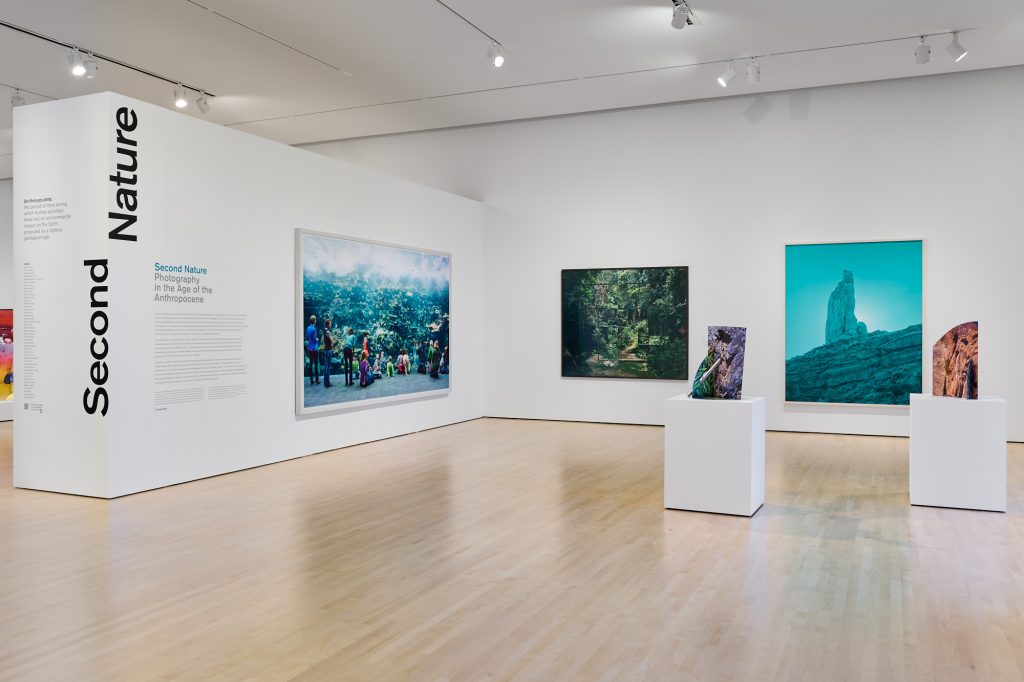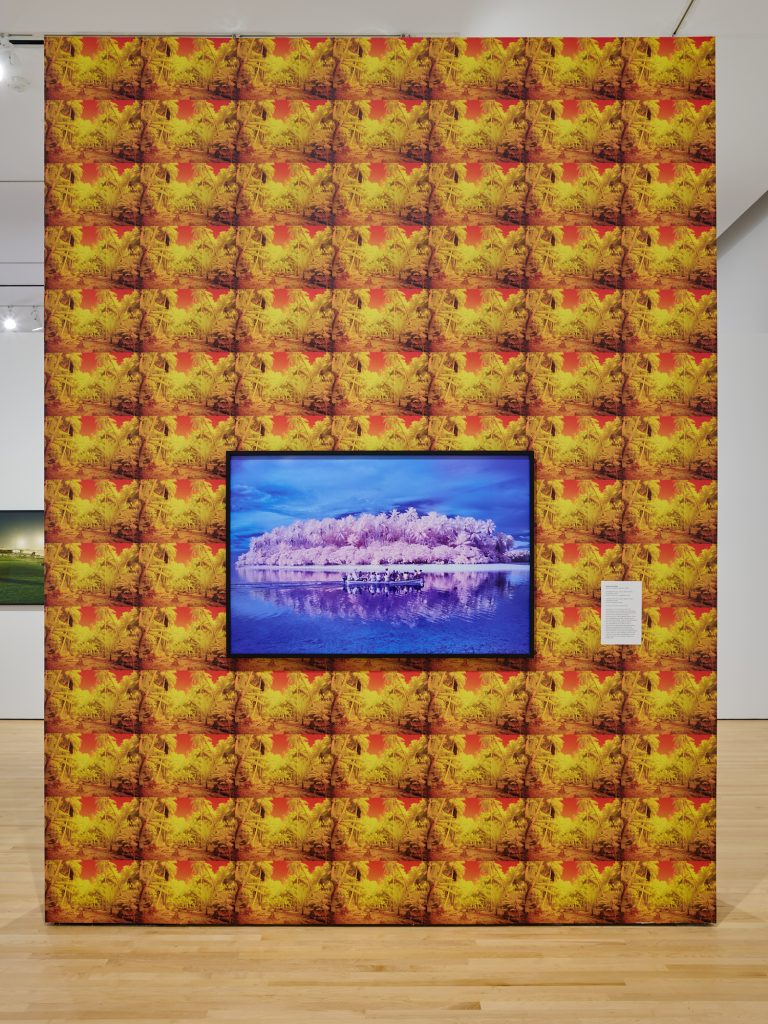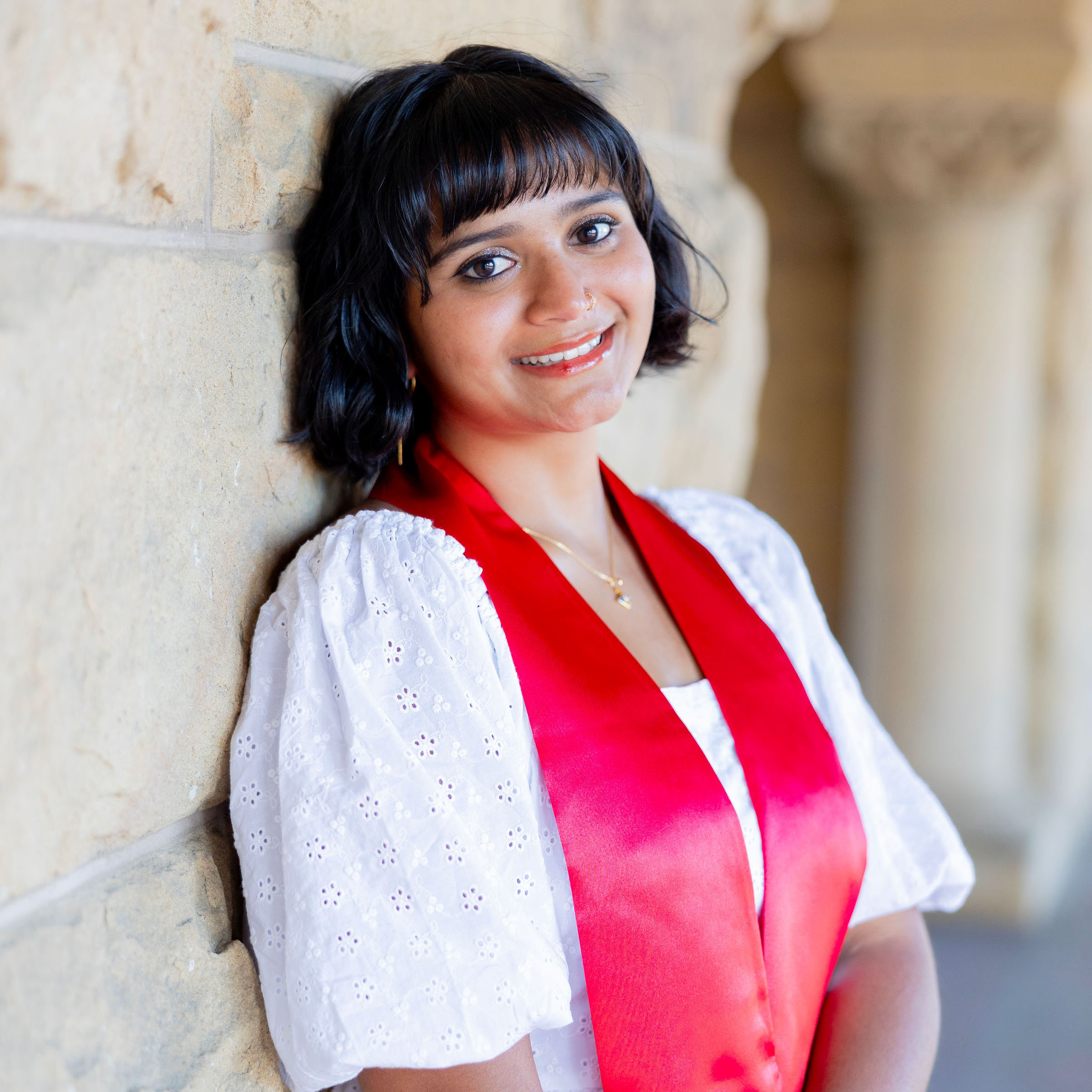
Jody Foster describes the feeling she had as almost a sense of nausea. But she wasn’t talking about the last time she’d ridden a rollercoaster or fought a bout of food poisoning. The feeling came to her as she meandered around an echoey gallery in Stanford’s Cantor Arts Center, enveloped in the worlds within the photographs hanging on the walls.
The exhibit that captured Foster’s attention and inspired her to bring fellow members of the Stanford Women’s Club for a tour is called “Second Nature: Photography in the Age of the Anthropocene.” Comprised of 44 artists’ work and spanning all seven continents, the show explores our current era, often referred to as the Anthropocene, in which humans have become the driving force of planetary change. Second Nature first opened at Duke University’s Nasher Museum of Art and made its West Coast debut at the Cantor Arts Center in February, where it will remain on view through early August.
People often think of the Anthropocene as synonymous with climate change, but over the eight years they spent working on the exhibit, co-curators Marshall Price and Jessica May envisioned a broader scope—one that explores the social, cultural, economic, and political ways in which humanity has reshaped the planet. According to May, “It was a show that was more than landscapes and instead was a show about how we think about the world around us.”
Many parts of the exhibit, including the “Toxic Sublime” section, explore the environmental crisis through photographs that Foster found to be “phenomenally dark and depressing, yet stunning.” Yet Yuli, another visitor to the exhibit, marveled at Aïda Muluneh’s striking “Water Life”series, which depicts women retrieving water: “I think it’s beautiful that it paints them as almost like goddesses because that’s what they are.”

The in-house curator, Maggie Dethloff, wanted to bring the show to the Cantor in part because it created an opportunity for interdisciplinary academic engagement with students, especially those in the Doerr School of Sustainability, which opened just a few years ago. The exhibit’s multifaceted conception of the Anthropocene, as well as the accompanying catalogue, draws from collaborators who come from a wide range of disciplines, including ecology, theology, and philosophy, creating a vital bridge between the arts and sciences.
In one of the first essays of the catalog, soil ecologist Daniel Richter writes about his insights on the Anthropocene as an epoch in the geologic time scale that chronicles Earth’s history. Richter is part of the Anthropocene Work Group (AWG), which does research to define the Anthropocene with the goal of ratifying it as the official epoch in which we are currently living. Although their proposal for official status was rejected in 2024, Richter remains confident that it will one day be accepted, saying, “This is not the end of this story.”
One of the pieces in Second Nature that exemplifies the Anthropocene’s interdependency between the Earth and humanity comes from a series called “Island of the Colorblind.” The photograph, which depicts a boat full of people looking at an island in vibrant pink, blue and purple hues, is a personal favorite of Price’s. He recounts how a typhoon in the 18th century nearly wiped out the Pingelapese people, leaving a king who was colorblind to repopulate the island. As a result, the current-day population has an unusually high rate of colorblindness, a striking example, Price says, of how “the climate can literallychange our DNA as humans.”

It’s this same sense of awe that made Foster return to the exhibit three times in the past month. May ultimately hopes that visitors like Foster leave the exhibition with “a sense both of responsibility and possibility” because she says, “We have an incredible amount of power still…there are still options in front of us [for] how we live, and the choices that we make.”

